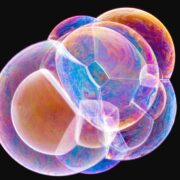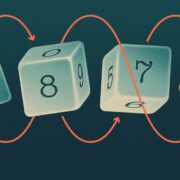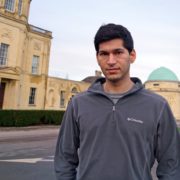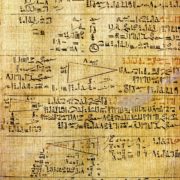A Computer-Assisted Proof Solves the ‘Packing Coloring’ Problem
There’s a surprisingly straightforward answer to how many numbers are needed to fill an infinite grid so that identical numbers never get too close together. ..
There’s a surprisingly straightforward answer to how many numbers are needed to fill an infinite grid so that identical numbers never get too close together. ..
In 50 years of searching, mathematicians found only one example of a “subspace design” that fit their criteria. A new proof reveals that there are infinitely ..

The "Monty Hall problem" is a classic example of how games of chance can have surprising results. Here’s a fun way to model the problem. ..

A decades-old conjecture about the best way to minimize the surface area of a three-bubble cluster seemed unprovable—until a breakthrough result. ..

Researchers have uncovered a surprising wealth of “intransitive” patterns in randomly chosen dice. ..

Mathematicians predicted that if they imposed enough restrictions on how a shape might tile space, they could force a periodic pattern to emerge. They ..

In 1973, Paul Erdős asked if it was possible to assemble sets of “triples”—three points on a graph—so that they abide by two seemingly incompatible ..

Jared Duker Lichtman proved a long-standing conjecture relating prime numbers to a broad class of “primitive” sets. To his adviser, it was a “complete ..

The result could help researchers answer a larger question about flattening objects from the fourth dimension to the third dimension. ..

A new proof significantly strengthens a decades-old result about the ubiquity of ways to represent whole numbers as sums of fractions. ..